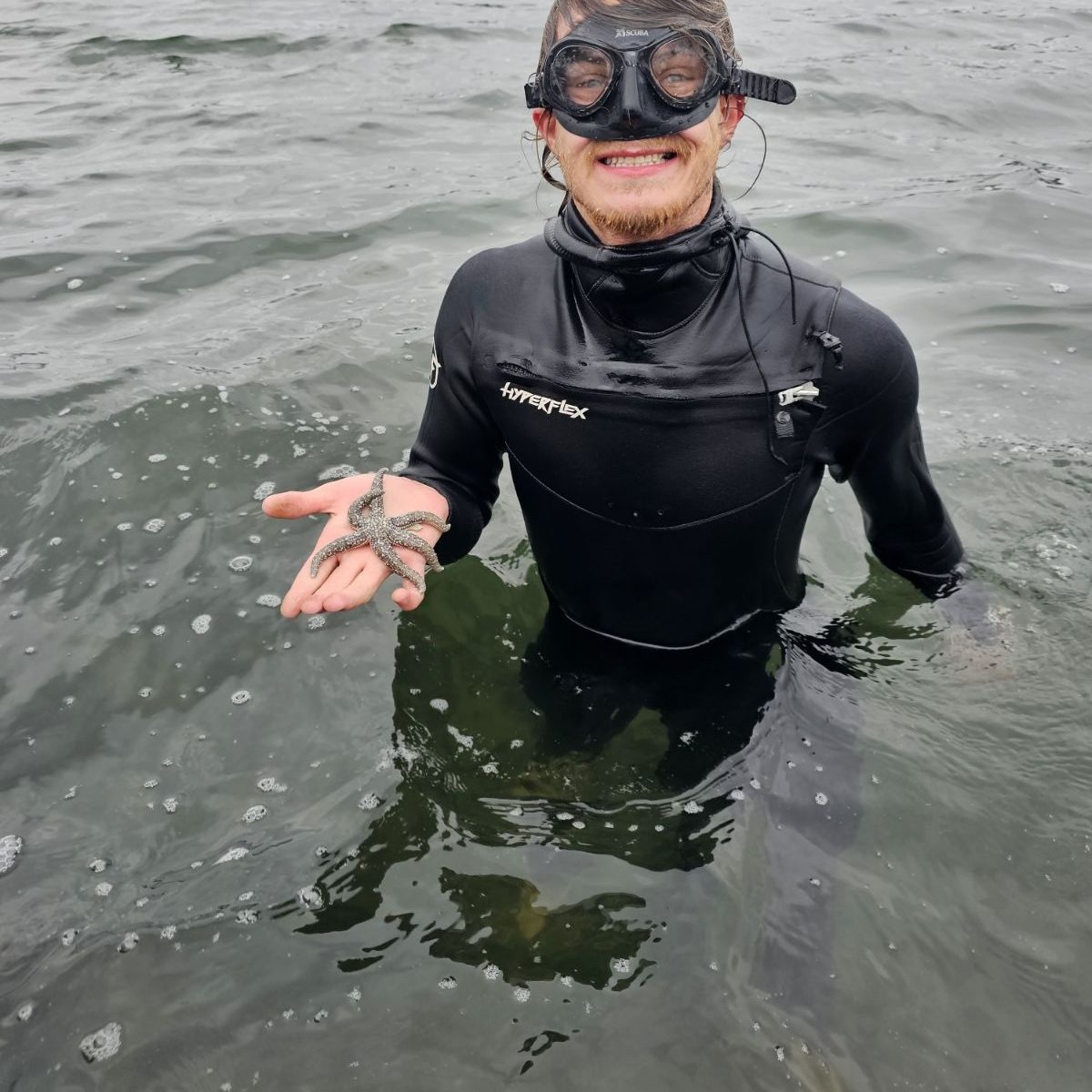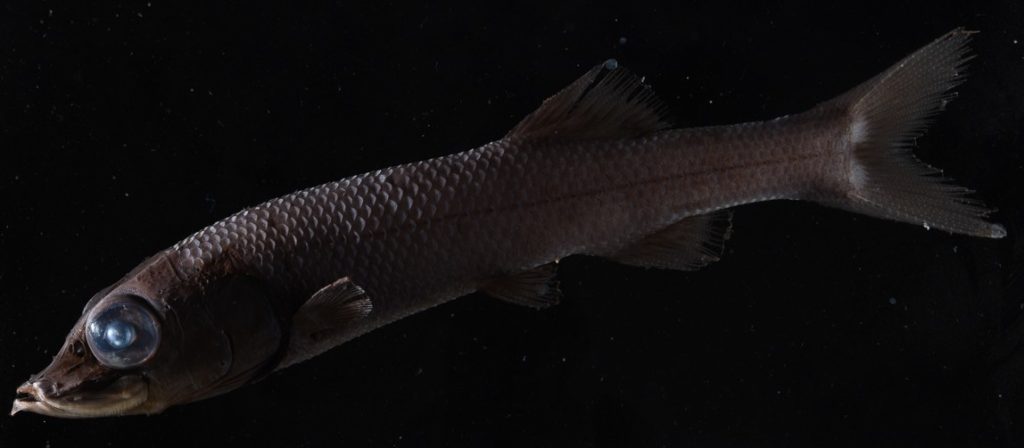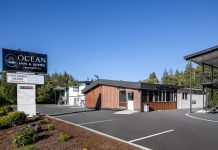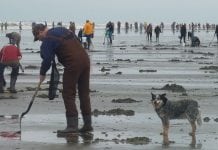
Undergraduate studies at The Evergreen State College provide innovative paths for students to become independent, inventive leaders in this complex world. Its interdisciplinary approach allows students to become part of existing programs or design one tailored to their interests and goals. Students have options to explore curriculum from A to Z, Agriculture to Zoology.
“I was always interested in science,” says Jake Church, who is now a junior. He has been taking a 2-quarter 16-credit interdisciplinary course in marine organisms and ecosystems. His interest in marine biology research was sparked during a program of Integrated Natural Sciences that included general chemistry, biology, and pre-calculus. When a faculty member suggested marine biology, Jake listened. “It reawakened my dream to be a fish biologist,” he says.

The Evergreen State College Opens Unique Opportunities
Jake became part of the research cruise last May in the Gulf of California. It was led by Brad Siebel of the University of South Florida, who is a longtime collaborator with Erik Thuesen. Evergreen’s Professor Thuesen, also who collaborates with the Monterey Bay Aquarium Research Institute and the Museo Argentino de Ciencias Naturales. Siebel invited Thursen and he in turn invited Jake to accompany the group. The crew went out in the Sally Ride, which is operated by Scripps Institute of Oceanography under a charter agreement with the Office of Naval Research.

Studying the Sharpchin Slickhead
This rare, deep-sea fish is a species scientifically known as Bajacalifornia burragei and belongs to the slickhead family (Alepocephalidae). It is endemic to marine waters off the coasts of California and Mexico. The fish live permanently below one kilometer in depth.
“We went to investigate climate change and oxygen minimum zones,” Jake reports. OMZs are regions in the ocean with especially low dissolved oxygen concentrations. This can make it hard to support many marine organisms. They occur approximately at depths from 200 to 1,500 meters. “This got me more interested in fish,” adds Jake.
The team was able to find and capture four specimens of sharpchin slickheads at 1,300 meters deep. Studying their genetics can give scientists information about the resiliency the fish has with a changing climate. It also adds to the knowledge of how much genetic diversity exists within the species. Our lives above the ocean have effects that go deep within our oceans.

“I wanted to do a project with that genetic and genome research and have it published,” adds Jake. “So far we found two of the fish are related, a brother and sister or mother and son,” he adds. It is also possible to tell the age of the fish by the ear bone. Yes, fish do have ‘ear bones’ otherwise known as otoliths. They are calcium carbonate structures located in the inner ear which aid in balance and hearing. They act as a record of the fish’s life history. Jake presented at the 17th Deep-Sea Biology Symposium in Hong Kong, which is quite exemplary as an undergraduate.
Jake is involved with a summer research fellowship to gather firsthand data and to map sand dollar beds in Puget Sound. This is part of a larger sand dollar mapping initiative that is looking at environmental impacts. “I can’t imagine better opportunities than I have been given. It’s amazing” remarks Jake. He thoroughly enjoyed the 33 days on the boat exploration and documenting the sand dollars in “our own backyard.” He also appreciates the lab equipment he has access to use. “At a bigger university, these would be unavailable to me,” he adds. He uses all the instruments to design and pursue in-depth projects.
Jakes schooling is being supported by benefits he earned while serving in the army. He also works at the school as an aquaria tech and provides tutoring for chemistry and biology. He looks forward to applying to grad school and continuing to study migratory species like tuna and billfishes.

Path to a Degree at The Evergreen State College
The Evergreen State College has been a leader in interdisciplinary education for decades.
It’s unique approach to education along with small class sizes give individuals freedom to explore topics that ignite their passions.
The school plan allows students to do the following:
Explore to discover new subjects, build key skills and broaden your knowledge.
Refine your interests to do intermediate and advanced work.
Dig Deep to add depth with practical and field experience
Focus with a capstone project or internship to prepare you for work or a graduate program.
Students earn a bachelor’s degree when the 180 required credits are completed. Classes are available to community members who may want to engage in higher learning.
Take your life and studies to new levels with the diverse and impactful paths at The Evergreen State College.
Sponsored











































